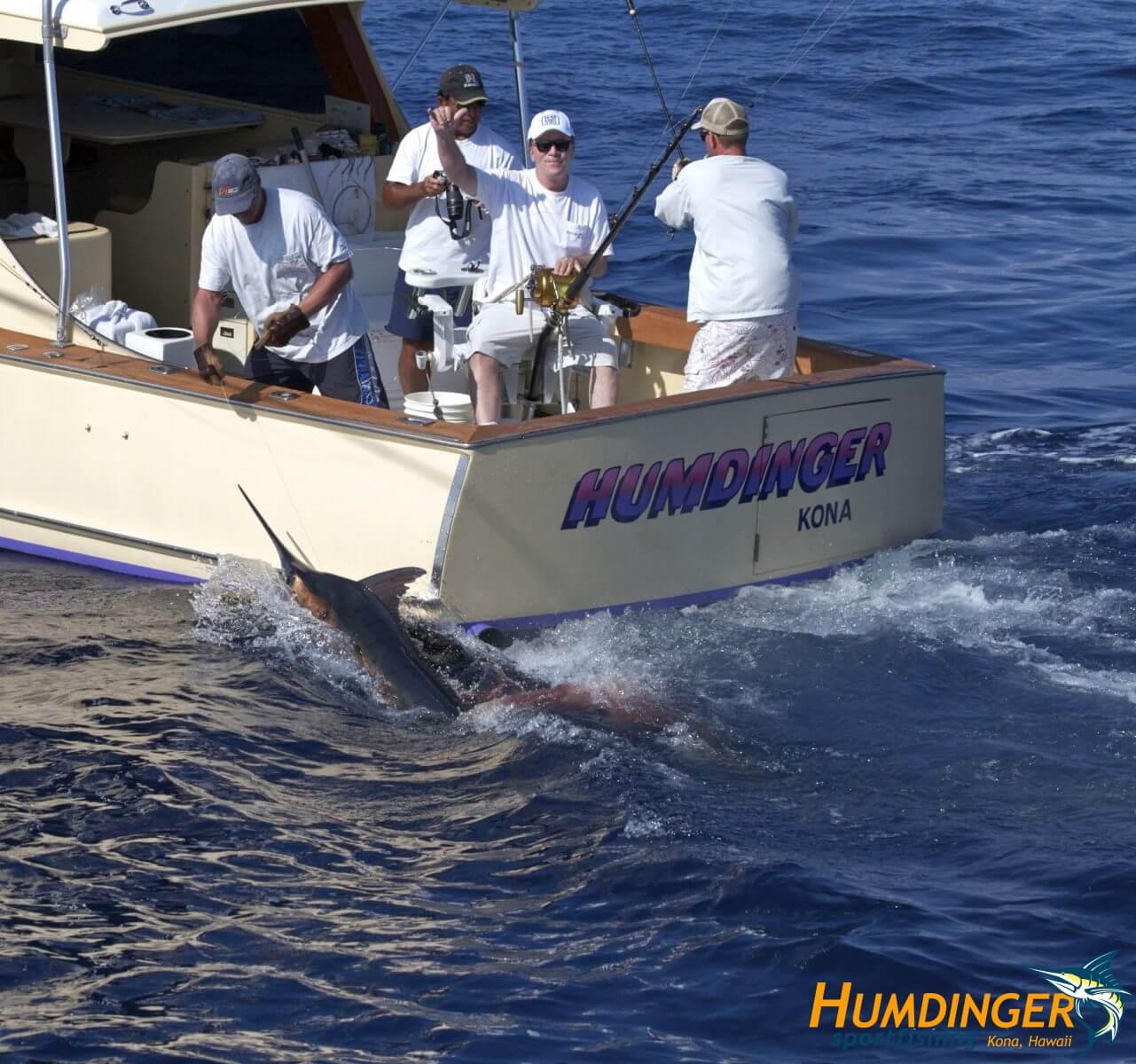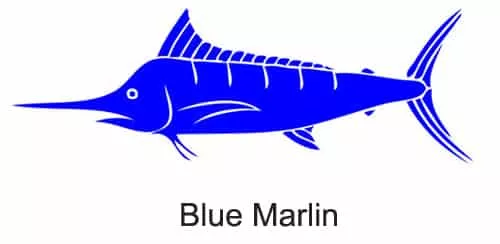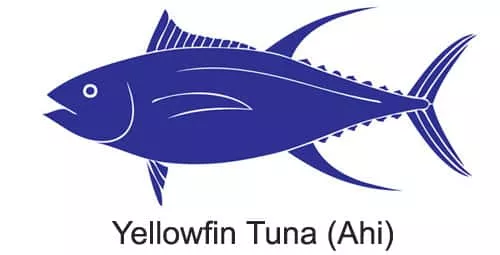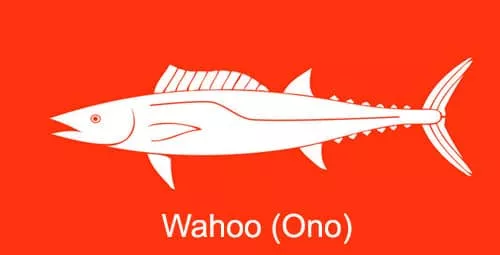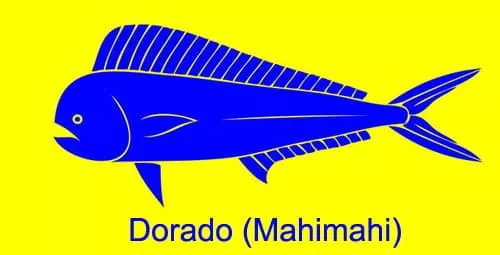Blue Marlin prefer warmer water temperatures above 70 degrees and are typically found farther out in the ocean in water depths of 80 fathoms or deeper (500 feet). Blue marlin feed on a variety of marine life, including small fish like tuna and ballyhoo and squid. Blue Marlin typically feed along the edge of sea mounts, deep water ledges or drop offs where deep water currents create an upwelling and push nutrient rich waters and baitfish closer to the surface.
Blue Marlin can be found year-round in Kona due to higher average ocean temperatures in this part of the Pacific and the town of Kona on the Big Island of Hawaii is considered of the best places in the world to fish for Blue Marlin. Due to Kona’s location on the Big Island of Hawaii, extremely deep water is reachable just a few hundred yards from the harbor entrance. This means short runs to productive fishing and typically calm waters due to the proximity of the fishing grounds to the shoreline. While Blue Marlin fishing in Kona is productive year round, the peak seasons for Blue Marlin in fishing Kona is June through September.
